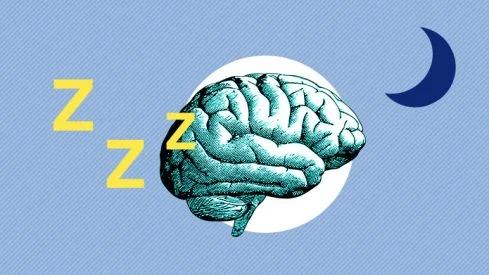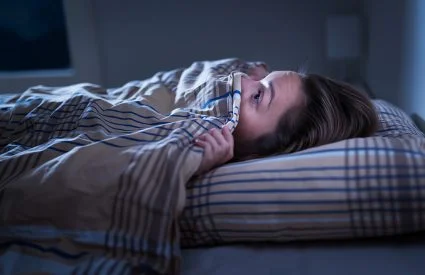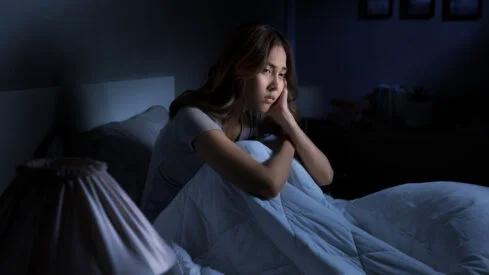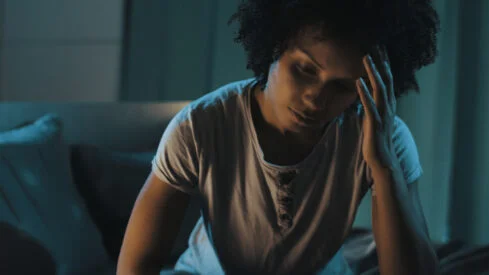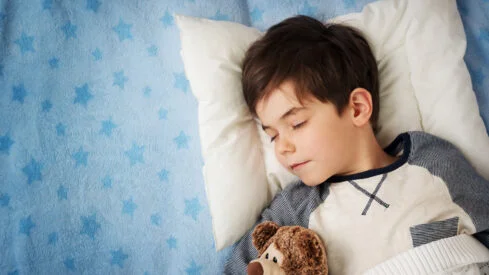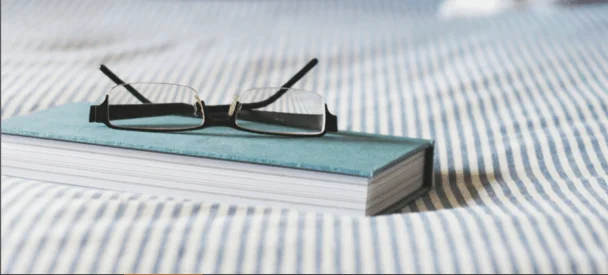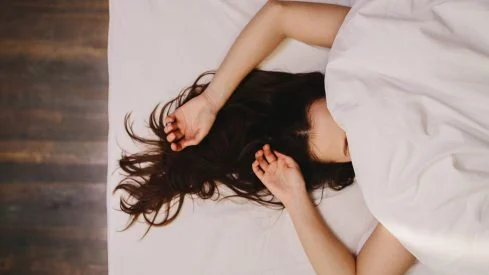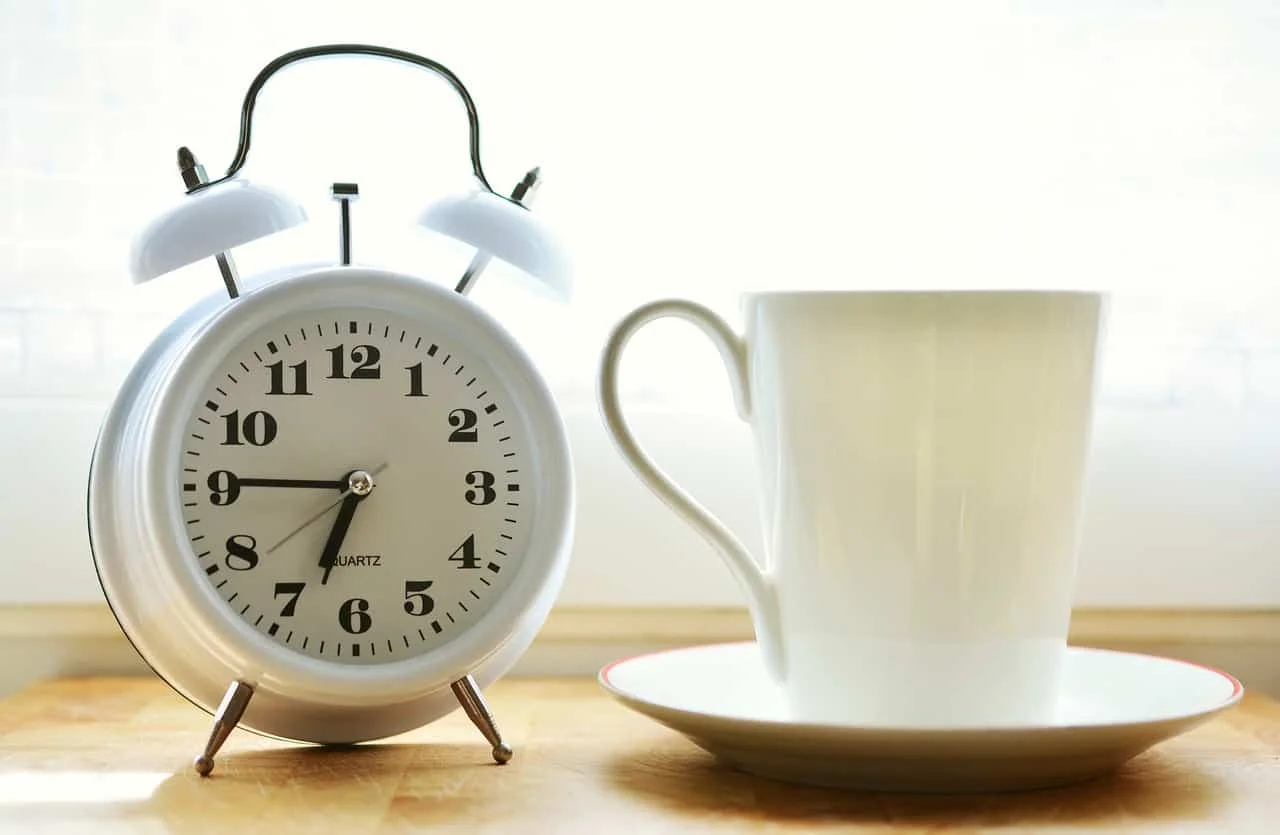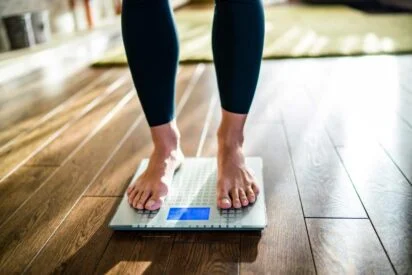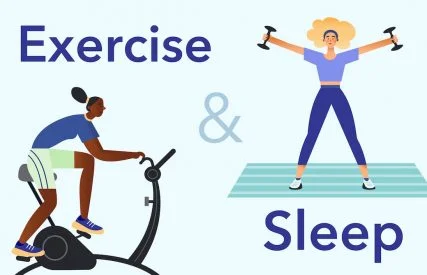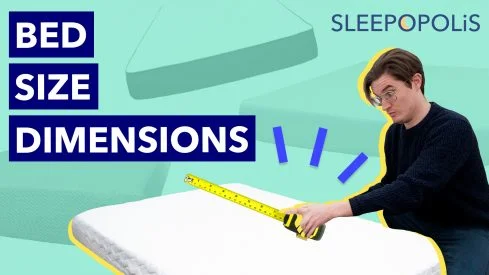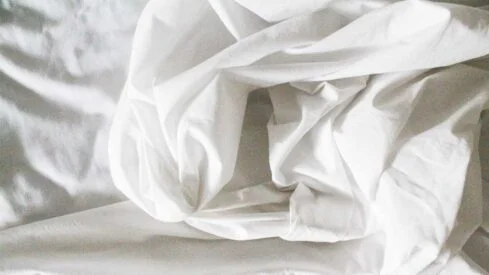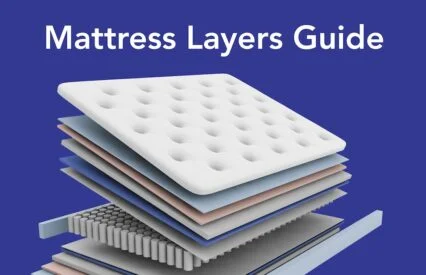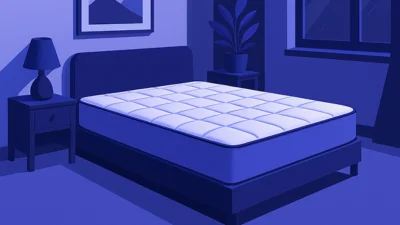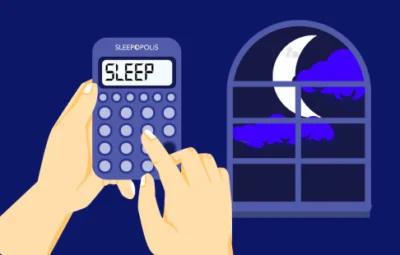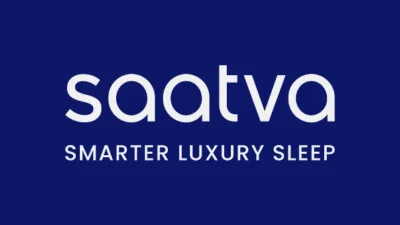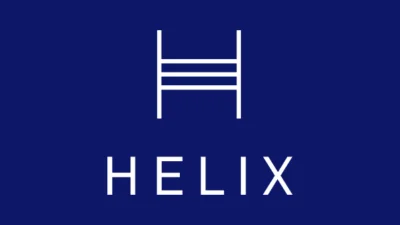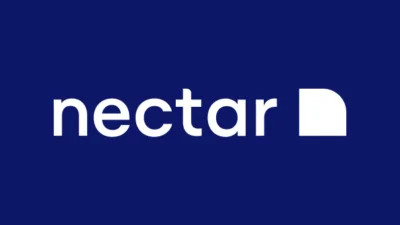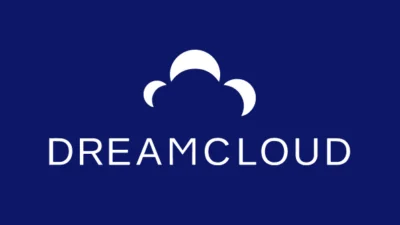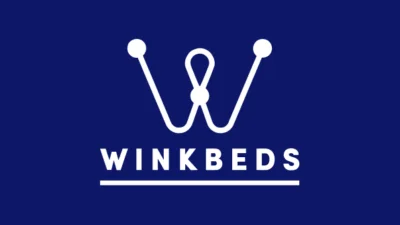
There’s nothing more nerve-wracking than meeting your new baby, leaving the hospital, and placing them for the first time in their crib or bassinet to sleep. Thoughts race through all new parents’ heads — will they be okay in there? What if something happens and I’m asleep? What if they choke on that gunky stuff all newborns seem to be coughing up for a few days? What if, what if.
One solution that’s gained traction in the last few years to put parents’ minds at ease through those first few weeks, months, and years, is the concept of health-tracking wearable devices. These devices, such as the Owlet sock, connect to an app and monitor pulse rate, wakings, oxygen, and sleep trends. They notify parents when levels go outside these ranges.
I tried the Owlet, as a fifth time mom, on my 8-month-old daughter this month, after the company’s news on Jan. 8th, when Owlet launched their two new medical-grade FDA-cleared at-home monitoring systems: systems BabySat™ and Dream Sock® with health notifications. Obtaining De Novo FDA clearance is a big deal for baby products,
“Both systems are clinically tested to deliver reliable real-time vital health data that also sounds an alarm to alert caregivers when oxygen saturation and heart rate falls out of preset ranges,” an Owlet spokesperson shared. They added that the main difference is that BabySat is a prescription pulse-oximetry medical device, intended for infants with acute or chronic medical conditions. Meanwhile, Dream Sock is non-prescription, used for healthy infants.
As my infant does not have medical problems, I tested the Dream Sock without a prescription. I tried the product for multiple weeks, and in this review, I’ll let parents know if it’s right for them, who might want to skip it, and what I wish I knew when I’ve considered this product with my babies before this one.
What Is the Owlet Dream Sock?
The Dream Sock is meant for infants between 1-18 months, and 6-30 pounds. It includes a single sock that goes around one cute little baby foot, a base station, and connects to the Owlet dream app. The base station is where you receive notifications, along with the app, if your baby’s health insights are out of typical range.
The sock, and the concept of monitoring a baby’s health metrics at home, is a controversial one in the baby, parenting, and healthcare communities. There are two main arguments, I’ve come to realize after a decade of reading moms asking about it online, hearing pediatricians talk about it in interviews, and through my own research as I figured out what was best for my own babies. The first, is that healthy babies don’t need this type of monitoring, and that it will only create increased anxiety for parents, such as a false alarm in the middle of the night that something is wrong. The second is that it might alleviate some anxiety to know that you will be alerted if something is off.
However, it hasn’t been found to specifically decrease instances of Sudden Infant Death Syndrome, or SIDS, a condition that still has many questions around it that aren’t solvable by the sock. It’s a personal decision, and one I opted out of until trying this product recently. But, if I’d had a baby with additional concerns, I may have chosen differently in the past.
Who This Product Could Be Good For
Now that I’ve told you more about this product, I want to offer a brief summary of who I think would and would not like it.
Who Should Try This Product
- Parents who are anxious about their baby’s health and well being during sleep.
- Parents who want an app to monitor sleep and wake times, and other health metrics.
- Parents who are curious about their baby’s sleep health.
Who Should Not Try This Product
- Parents who have babies with serious medical conditions that require a prescription for a monitoring system
- Parents who might be more alarmed or anxious if the sock goes off from coming undone, or some other issue.
- Parents who aren’t too sure about trouble shooting some tech issues.
How To Use the Owlet Dream Sock
- It’s important to ensure that the Owlet Dream Sock fits securely on your baby’s foot. To do so, make sure that the notched portion of the sock sits behind the pinky toe, on the outside of the foot. After securing the strap above the toes, wrap the ankle strap around your child’s ankle and secure it on the top of the foot. The Owlet Dream Sock should be put on right before bed to get the most accurate reading. If your child is awake, feeding or is lathered in baby lotion, the sock may not give accurate information. In addition, the sock should be alternated between feet every night and washed every 2 weeks to keep it clean.
- You should also make sure that you are using the correct size of sock for the weight of your child to receive the most accurate readings. As long as the sock has direct contact with the foot, footed pajamas or socks can also be worn.
- The product base the sock comes with will also alert users through different colors if there are issues with the sock or readings.
What the Product’s Made Of
- The Owlet sock is made of a nylon/spandex mixture and should be hand-washed in lukewarm water with a mild detergent of your choice. The sock and sensor can be hung to dry and should be completely dry prior to putting on your child.
My Experience Using the Owlet
Unboxing
After hearing about other parents using and loving the Owlet for years, I had high hopes when I unboxed this product. I was impressed with the unboxing and the clear labeling on each part, such as the socks which very obviously say the age and weight ranges, and which foot to put them on. I wished they’d come with clear directions with pictures, but it did not.
Tech issues
However, soon after, tech issues caused major delays in getting started with the product. In the process of connecting the button, the sock, and the monitor and pairing them all to Wi-fi, I came across an alert in the app that the pairing process may take “several” times. Several turned out to be over two dozen times, starting over with pairing until the items finally recognized each other, in spite of a strong Wi-fi signal here.
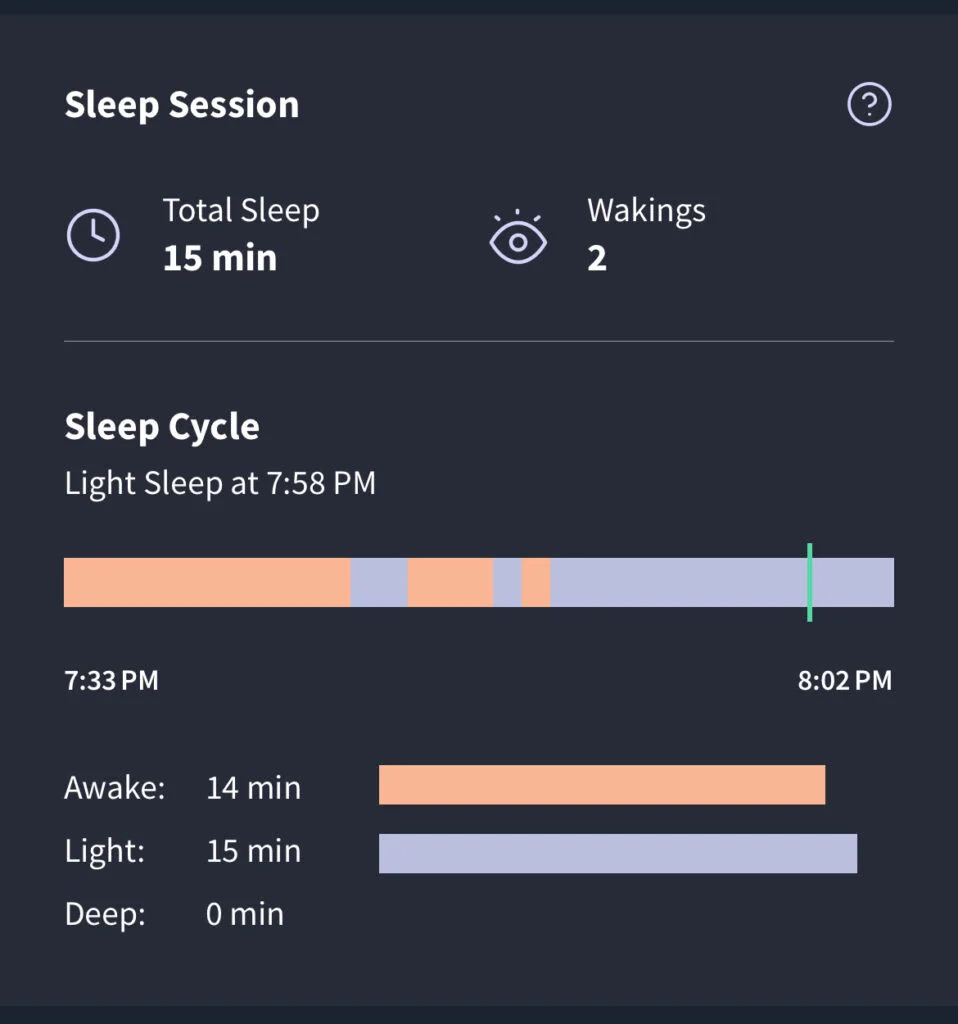
Once they were connected, and I thought we were in the clear, there were additional issues involving the sock not reading all of the health metrics we were promised, and sometimes alerting us that the sock wasn’t even on when it was, in fact, securely wrapped around the baby’s foot. This part was frustrating, and caused me to be apprehensive about how reliable the product was going to be.
Essentially, each time I checked the app there were at least one to two metrics not available.
Anxious monitoring
On one of the nights I tried the Owlet, my daughter had a cold, and I watched nervously as her oxygen levels changed from 95% to 91%, of course Googling frantically what a safe oxygen level was. In this way, the product was adding an additional concern that I didn’t have before, which is why it seems some don’t recommend it for parents of “healthy” babies.
Battery life
The most jarring night was when I put the sock on fully charged, but around 4 a.m. I awoke, not to the baby crying (who was finally sleeping through the night) but to the alarm going off with a song that the monitor was dead. This was the last straw, and I unplugged it and went back to bed.
One of the positive metrics I did learn about was my baby’s light sleeping versus heavy sleeping phases of the night. For example, I noticed that when her four other siblings are getting ready for bed, she’s in a lighter sleep phase. So, I shushed them all to be a bit quieter, so she didn’t wake up. It was interesting to see how long her light versus deep sleep phases were, though I’m no sleep doctor, so it was sort of just a fun fact.
Sock comfort
I also worried on the nights she had the sock on that she might be uncomfortable, as she threw a pretty substantial fit when I put the sock on. It did seem potentially comfortable once it was secure, but I did read multiple warnings including on the Owlet app about how to keep the skin healthy and treat abrasions or other issues the sock causes on the skin. I also worried about having tight footie pajamas over the sock, though they did serve their purpose of keeping it in place.
Price & Policies
- $299 at owletcare.com. The Owlet Dream Sock is FSA/HSA eligible.
- Limited warranty for one year for all electronic products
What Other Parents Thought
The Owlet has a 4.5 star rating on their website of 844 reviews. In them, parents gave their strong opinions on whether this was a must-have product, or one to stay away from. Here’s what they thought:
Pros:
“I was gifted this to come home from the nicu with as a piece of mind type thing and with the updates and comfort fitting i really enjoy using this product with my baby.”
“I love this for the peace of mind knowing I don’t have to wake up worrying if my baby is breathing. The app is a little glitchy and some times takes a while to update or show current readings. I find I have to close out of it a lot to get it to show me readings.”
“Being a first time mom comes with a lot of worries, the owlet made sleeping much less stressful. I don’t have to constantly see if my baby’s sleeping. The alarm will sound if something is wrong.”
Cons:
“It was working great when I first got it until I updated it, the readings are delayed as far as her waking up & going back to sleep, the app force closes when I check on history and when I open the app sometimes it takes one minute to actually see her readings.”
“I bought this for peace of mind for my baby as a first time mom. However the app constantly glitches and makes me more worried constantly checking on my baby because the app is having issues. I’ve always updated if the app had an update available and nothing has helped.”
Final Thoughts
Like all things parenting gear, this is a personal decision. For me, I learned through the testing process that constant monitoring of my baby might result in an increase in concern for her health, than if I had just slept through the night listening for crying. However, I acknowledge and respect that for others, including friends with babies who have had severe respiratory issues, this might not be the case — but, in those cases, a prescription-based product is the route to go.
Becoming a parent comes with so much worry and responsibility, and if this sock alleviates any of that concern for you, I’d say do it. However, be prepared to trouble shoot significant connectivity and technical problems.
Other Products To Try
Other products with similar concepts include the Nanit Pro Camera, which includes a sensor-free breathing band. This wraps around the baby’s torso and shares health metrics with an app. Other types of products monitor abdominal movements with a device attached to the diaper, such as Snuza.
